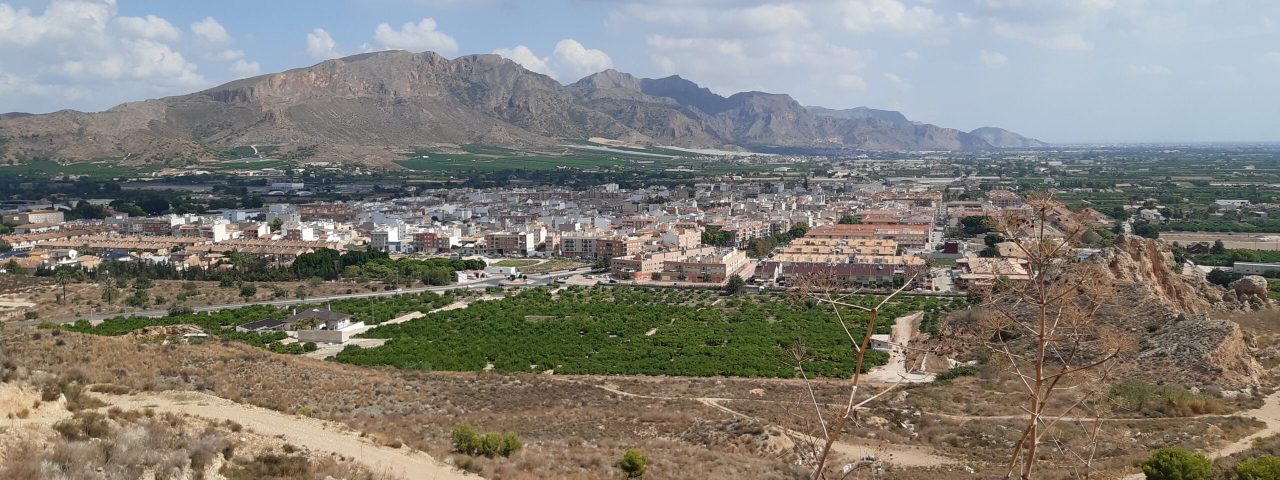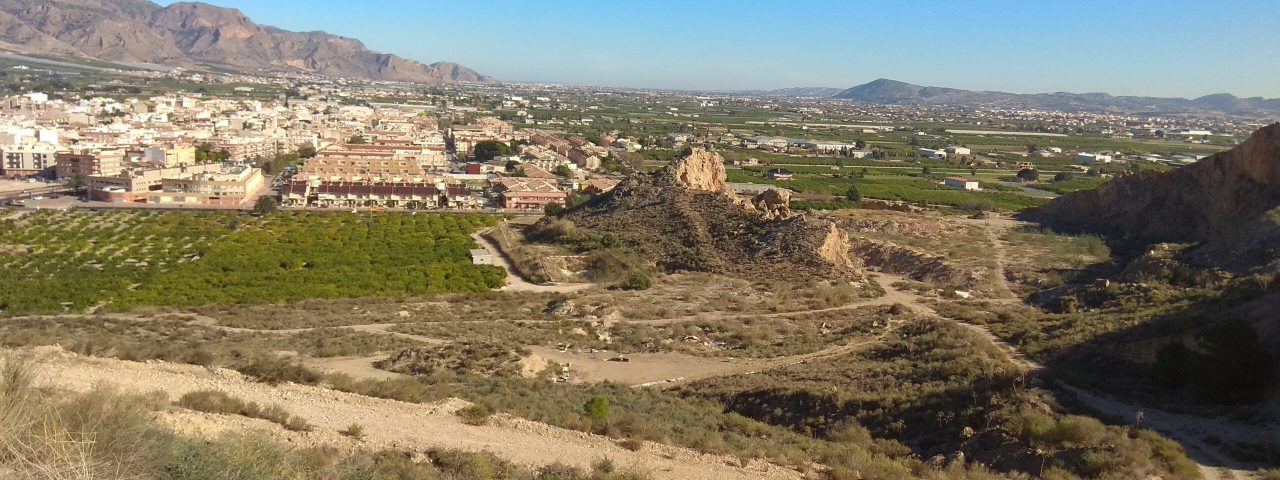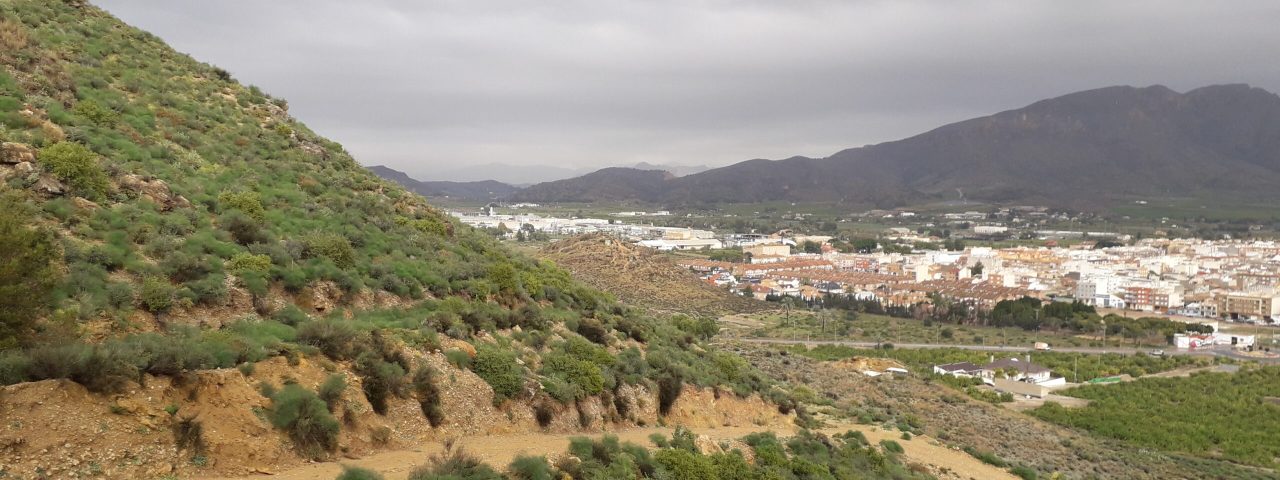Santomera’s history dates back to Roman times, and like much of the Murcia region, it experienced significant influence from the Moors during the Middle Ages. The area around Santomera was once part of an expansive agricultural domain under Moorish rule, which left its mark in the form of irrigation systems and agricultural practices that continue to be used today. After the Christian reconquest, the city evolved, incorporating elements of both Christian and Moorish architecture and culture into its identity.
Culturally, Santomera celebrates many traditional Spanish festivals, with one of the most notable being the annual fiestas in honor of the Virgin of the Rosary, the city’s patron saint. This festival, held in early October, involves processions, parades, traditional music, and culinary events that bring the local community and visitors together. The city also hosts smaller festivals and cultural activities throughout the year, celebrating local crafts, agriculture, and food.
A key part of Santomera’s cultural fabric is its connection to agriculture, especially citrus farming, which has shaped local traditions and economic life. Visitors will find many historical landmarks, including churches and old agricultural estates, reflecting the town’s deep-rooted past.



